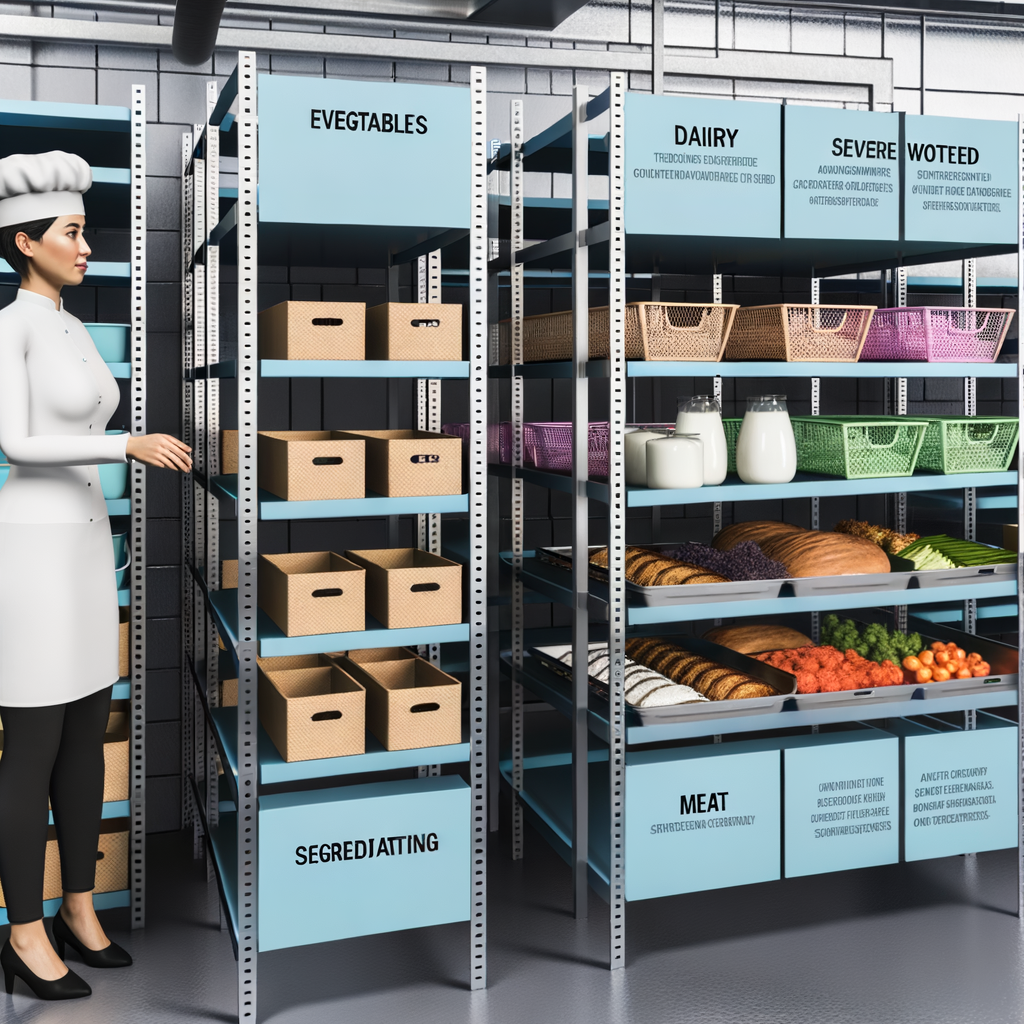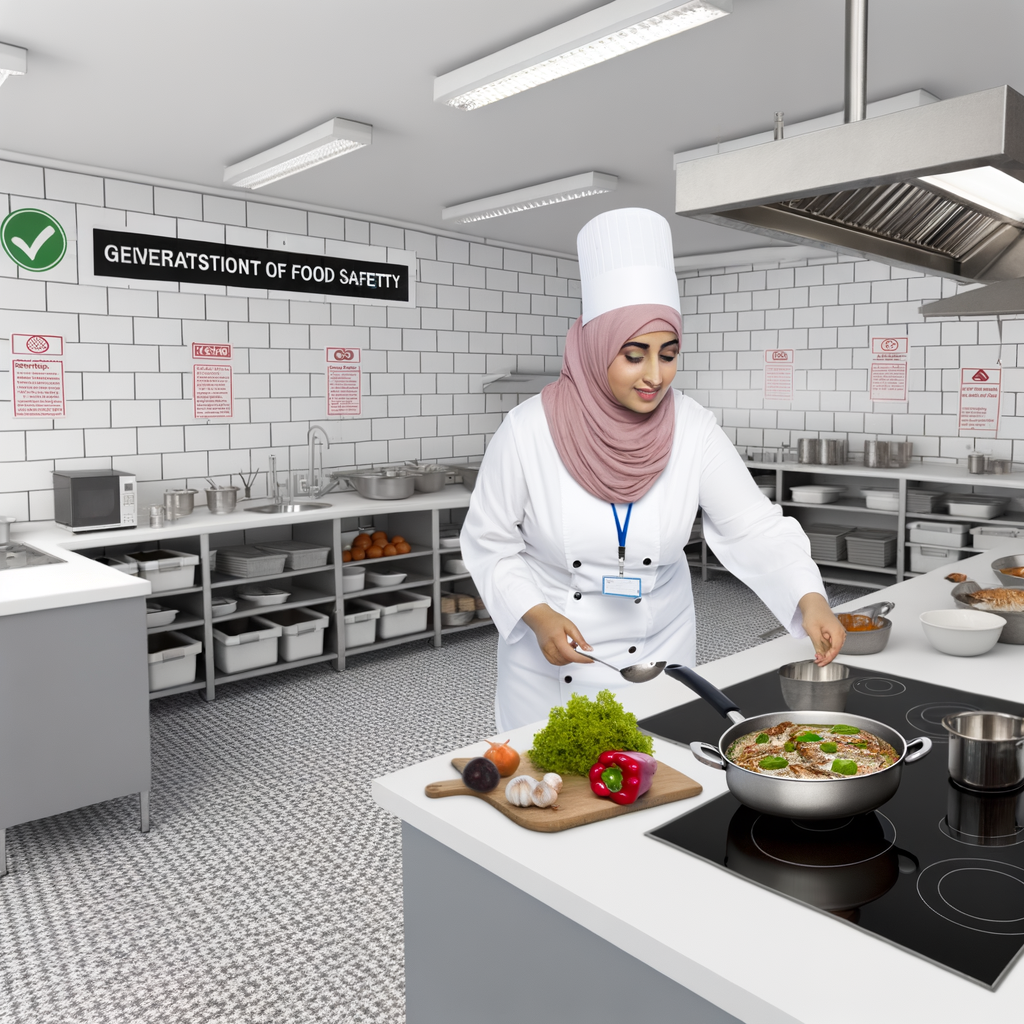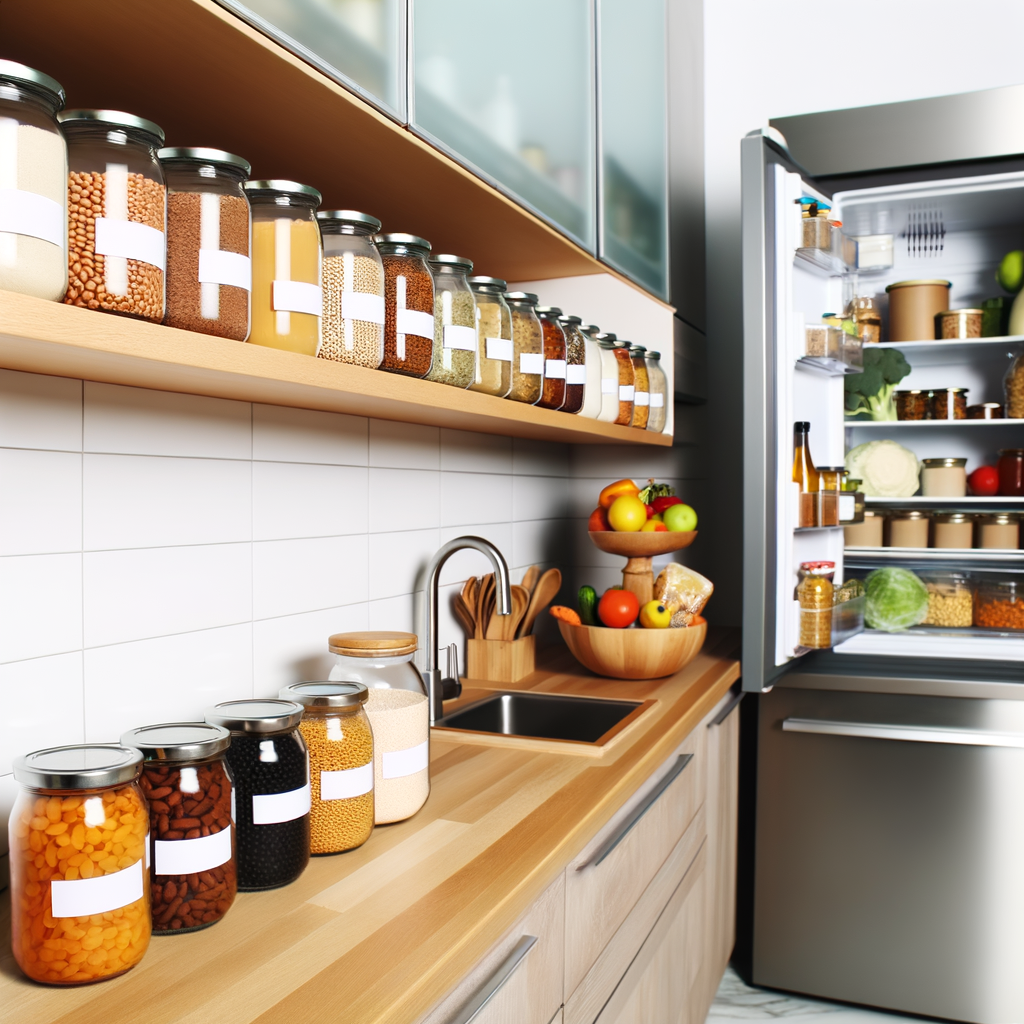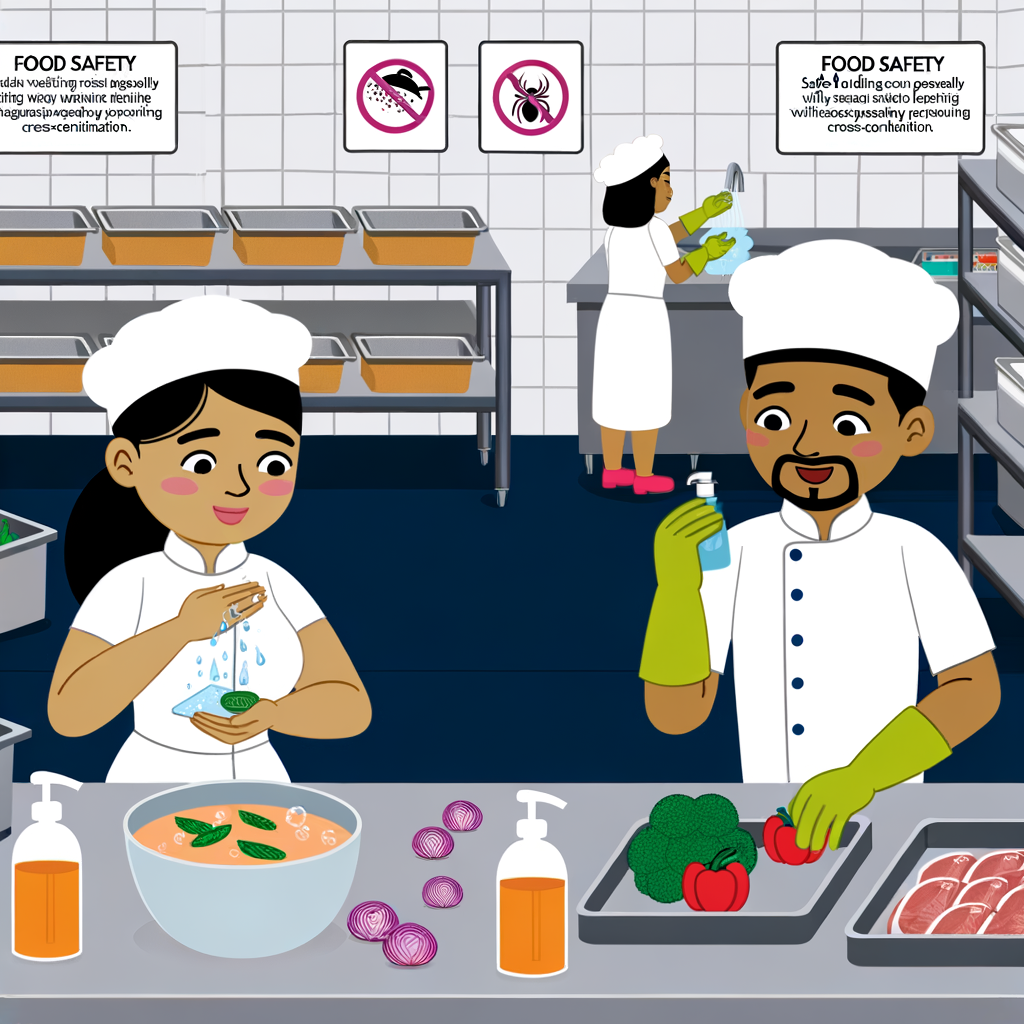When it comes to keeping food safe and healthy for consumption, proper storage is key. This is especially important in Europe, where food safety regulations are strict and consumers expect the highest standards. As an expert chef, I have seen firsthand the consequences of improper storage and the impact it can have on both food quality and safety. Whether you are a home cook or a professional chef, following these guidelines for proper storage will ensure that your food stays fresh and safe to eat.
First and foremost, it is important to always store raw meat, poultry, and seafood on the bottom shelf of your refrigerator. This prevents any juices from dripping onto other foods and causing cross-contamination. Additionally, these items should be kept at a consistent temperature of 40°F or below.
Fruits and vegetables should be stored separately, as they can release ethylene gas which can cause other produce to spoil faster. It is best to store fruits in the crisper drawer and vegetables in the main compartment of your refrigerator. And don’t forget to wash your produce before storing it to remove any dirt or bacteria.
Dry goods such as grains, flour, and spices should be stored in airtight containers in a cool, dry place. This will prevent pests and moisture from spoiling these items. And when it comes to leftovers, make sure to store them in shallow containers to allow for faster and more even cooling.
By following these guidelines for proper storage, you can ensure that your food stays fresh and safe to eat. So next time you’re in the kitchen, remember the importance of proper storage and keep your food and your loved ones healthy and happy.





